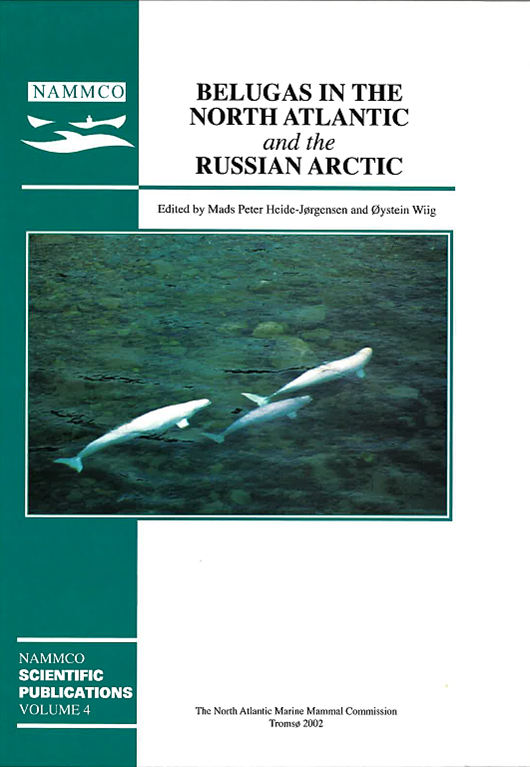Visibility of St Lawrence belugas to aerial photography, estimated by direct observation
DOI:
https://doi.org/10.7557/3.2848Keywords:
belugas, Delphinapterus leucas, visibility, aerial surveys, correction factorAbstract
The depleted population of belugas (Delphinapterus leucas) inhabiting the St Lawrence estuary, Canada, was monitored by periodic photographic aerial surveys. In order to correct counts made on aerial survey film and to obtain an estimate of the true size of the population, the diving behaviour and the visibility from the air of these animals was studied. A Secchi-disk turbidity survey in the belugas’ summer range showed that water clarity varied between 1.5 m and 11.6 m. By studying aerial photographs of sheet-plastic models of belugas that had been sunk to different depths below the surface, we found that models of white adults could be seen down to about the same depth as a Secchi disk, but no deeper. Smaller models of dark-grey juveniles could only be seen down to about 50% of Secchi-disk depth. By observing groups of belugas from a hovering helicopter and recording their disappearances and re-appearances, it was found that they were visible for 44.3% of the time, and that an appropriate correction for single photographs would be to multiply the photographic count by about 222% (SE 20%). For surveys in which there was overlap between adjacent frames, the estimated correction would be 209% (SE 16%). This correction factor was slightly conservative and gave an estimate of the true size of the population, based on a single survey, of 1,202 belugas (SE 189) in 1997. An estimate for 1997 based on smoothing 5 surveys 1988–1997 was 1,238 (SE 119).





